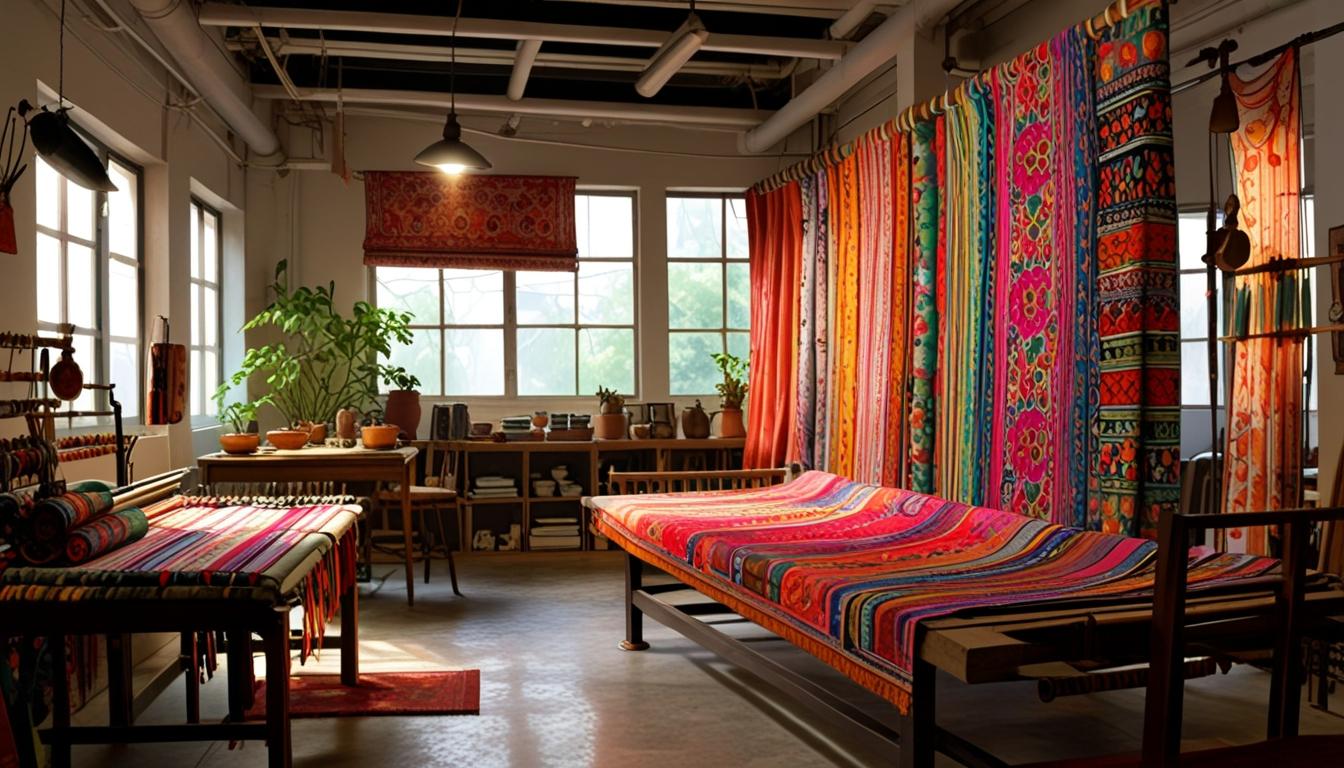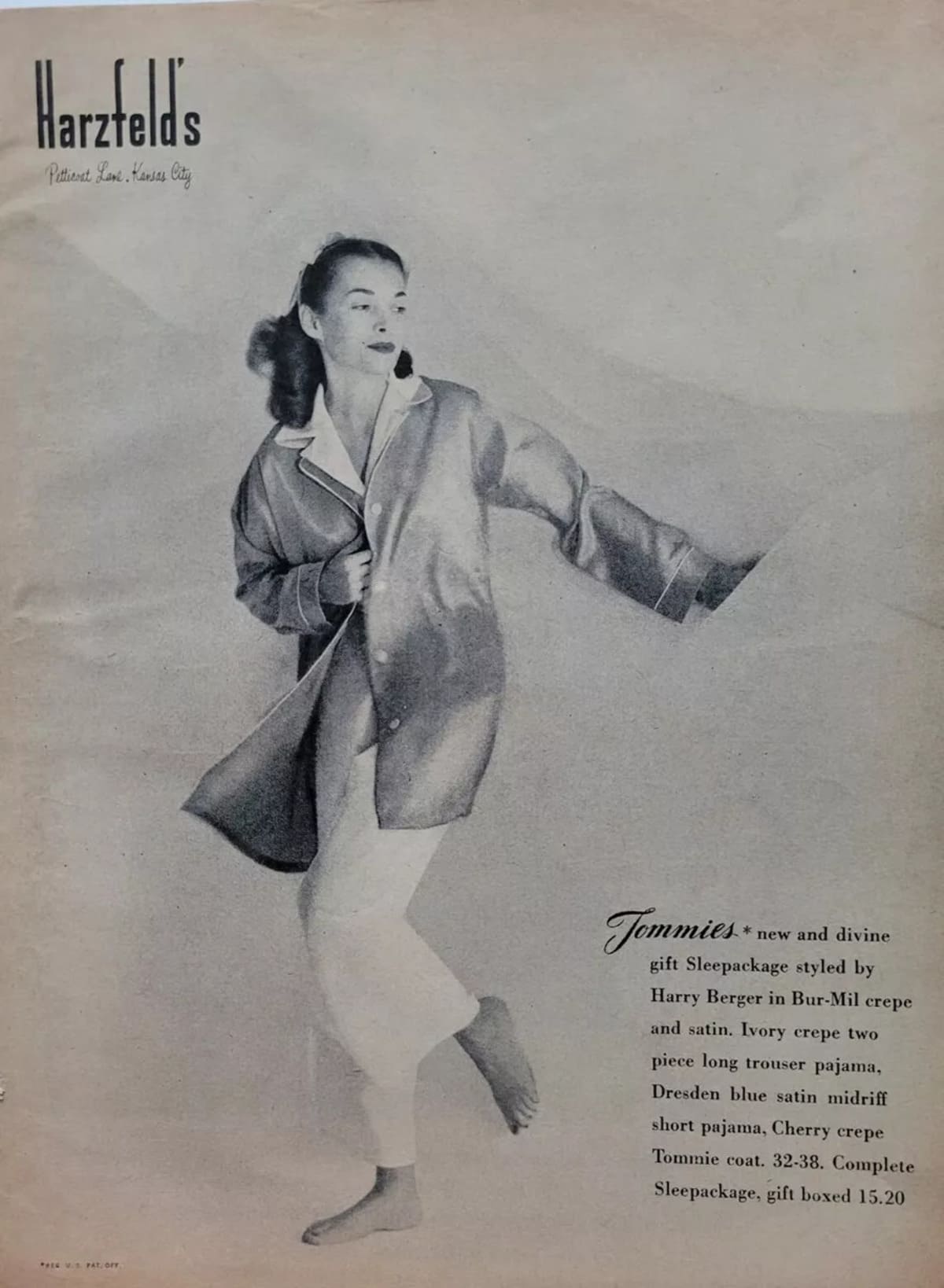When you're dressing as a corporate trainer, remember that your attire can greatly impact how participants perceive you. Opt for polished outfits, like tailored suits or smart casual wear, that align with your audience's dress code. Choose breathable fabrics and comfortable shoes to keep you energized throughout your sessions. Understanding cultural nuances and regional expectations is essential, so research the norms of your audience. Balance professionalism with an approachable vibe, and prioritize clothing that fosters confidence and engagement. There's much more to explore about effective dressing strategies and their influence on training success.
Importance of Appropriate Attire

When you step into the role of a corporate trainer, the importance of appropriate attire can't be overstated. Your choice of business attire directly influences how participants perceive you and how engaged they become during your sessions. Dressing just a step above your audience not only enhances your authority but also establishes your expertise, making learners more likely to trust you and actively participate in the training. Additionally, understanding the nuances of branding and presentation can further refine your style, akin to how vintage Calvin Klein items maintain a distinct appeal through their iconic designs and vintage identification techniques.
A polished, professional appearance creates an environment where first impressions matter. When you look the part, you're more likely to be taken seriously, which in turn boosts your credibility. This credibility fosters a positive learning atmosphere, encouraging participants to absorb and interact with the content you present. Remember, when you align your attire with the organization's culture and branding, you contribute to a cohesive environment that reinforces professionalism.
Moreover, maintaining a professional appearance isn't just about how others see you; it's about how you see yourself. When you feel confident in your business attire, that self-assurance radiates throughout your training sessions, positively impacting the overall experience for both you and your learners. So, invest time in selecting outfits that not only fit the corporate culture but also make you feel empowered.
Attire for Different Scenarios
Understanding the right attire for different training scenarios is vital for establishing your presence as a corporate trainer. When you're leading leadership and management training sessions, a tailored suit is a must. This attire conveys professionalism and authority, making sure your audience takes you seriously. In contrast, if you're working in a software development environment, embracing business casual attire, like slacks and polo shirts, can help you strike a perfect balance between comfort and professionalism, making you approachable yet credible. Vintage Nike apparel, known for its quality and distinct designs, can also add a stylish touch to your business casual look, making you stand out in a positive way while still being relatable. For those interested, vintage Nike identification can be a fun way to incorporate unique pieces into your wardrobe.
For stress management workshops, consider polished casual wear. This choice fosters a relaxed atmosphere, encouraging open discussions and making participants feel at ease. On the other hand, if you're presenting investment strategies, it's essential to don business formal attire. This shows respect for your audience's expertise and greatly enhances your credibility.
Lastly, when engaging in outdoor team activities, practical outdoor gear is your best bet. Not only does it guarantee your safety and comfort, but it also promotes an active learning experience, demonstrating your commitment to team bonding and engagement. By carefully selecting your attire based on the scenario, you can effectively communicate your message and establish a strong rapport with your audience. Remember, the right outfit not only boosts your confidence but also sets the tone for a productive training session. So, embrace these guidelines, and you'll be well on your way to mastering the art of dressing as a corporate trainer!
Understanding Your Audience

Audience awareness plays an essential role in your effectiveness as a corporate trainer. Understanding your audience's expectations regarding dress code isn't just about looking the part; it's about creating an environment where participants feel comfortable and engaged. For instance, executives and managers typically expect formal attire, so donning a tailored suit can set the right tone for professionalism and respect. On the other hand, if you're working with IT professionals, business casual might be more appropriate, allowing for practicality while still conveying your commitment to the session.
When addressing personal growth seekers, consider adopting a more relaxed dress code. This approach promotes a comfortable atmosphere that encourages open discussions and learning. Similarly, financial advisors in investment strategy sessions expect a high level of professionalism, making business formal attire a must.
Regional variations also play an important role; understanding that dress codes can differ greatly between places like rural New England and Texas can help you adapt accordingly. Finally, if your audience has mixed backgrounds, aim for functional and comfortable clothing that respects diverse cultural norms while maintaining professionalism. This balance not only fosters inclusivity but also enhances your credibility as a trainer.
Ultimately, being mindful of your audience's expectations and adjusting your business attire accordingly will elevate your training sessions, making them more impactful and enjoyable for everyone involved.
Communicating Dress Codes
Clearly communicating dress codes is essential for setting expectations and enhancing professionalism in corporate training. When you provide clear and concise dress code guidelines for both in-person and virtual meetings, you create an environment where trainers and participants alike know what's expected of them. This clarity helps in engaging your audience from the get-go. Additionally, understanding the nuances of branding, similar to how vintage Ralph Lauren items are identified by their unique tags, can enhance the overall presentation of your corporate image.
To effectively communicate these dress codes, consider including examples of appropriate attire. Visual aids can greatly assist participants in understanding what to wear, eliminating any ambiguity. If your organization can, utilizing image consulting services can help develop tailored dress code policies that reflect your brand and adhere to industry standards.
Don't forget, addressing any dress code violations promptly and consistently is essential. By doing so, you maintain a professional atmosphere and show respect for the established guidelines. If there's ever any doubt about dress expectations, take the initiative to inquire about the preferred attire from the host organization or participants. This proactive approach not only aligns your appearance with the company culture but also fosters comfort and confidence among the attendees.
Ultimately, communicating dress codes effectively is a significant part of your role as a corporate trainer. It's not just about looking good; it's about ensuring everyone feels included and prepared to engage. By setting these standards, you enhance professionalism, inspire confidence, and create an atmosphere where everyone can shine.
Practical Dressing Tips

Once you've established a clear dress code, it's time to focus on practical dressing tips that will help you embody professionalism while remaining comfortable during training sessions. Dressing effectively is essential to ensuring both you and your participants feel at ease and engaged. Here are some top tips to keep in mind:
- Choose Versatile and Comfortable Clothing: Opt for tailored blouses and slacks or smart casual polo shirts and khakis. These choices not only maintain a professional look but also allow for movement, making it easier for you to demonstrate activities or engage with the group. Consider incorporating tailoring techniques for tops to enhance the fit of your blouses for a more polished appearance.
- Stick to Dark or Solid Colors: Dark or solid colors help minimize distractions and keep the focus on your training content. Avoid busy patterns that might divert attendees' attention away from what you're saying.
- Invest in Breathable Fabrics: Layered clothing made from breathable materials is vital, especially during longer sessions or in varying environments. This helps you manage temperature fluctuations and remain comfortable throughout the day.
Lastly, don't forget about your footwear! Comfortable shoes, like polished sneakers or flats, will support your mobility and prevent discomfort from detracting from your training. Incorporate minimal accessories, such as a professional bag for materials and a watch to keep you punctual. By following these practical dressing tips, you'll not only look the part but also set a positive tone for your training sessions.
Cultural Sensitivity in Attire
When you're dressing as a corporate trainer, it's crucial to understand the cultural norms of your audience, as these can vary widely across regions and industries. By respecting the backgrounds of your participants and adhering to local dress codes, you create an inclusive atmosphere that fosters learning and engagement. Remember, your attire not only reflects your professionalism but also shows your appreciation for the diverse perspectives in the room!
Understanding Regional Norms
Understanding regional norms in corporate attire is essential for trainers aiming to create a respectful and inclusive environment. Different cultures have unique expectations regarding professionalism, and being aware of these can enhance your effectiveness. When you consider what participants will be wearing, you can better align your outfit with local customs.
Here are three key aspects to keep in mind:
- Formal Expectations: In many European and Central Asian countries, tailored suits are the norm. This reflects a high standard of professionalism that you should embody.
- Cultural Specifics: For instance, in Japan, navy skirt suits and stockings are standard for trainers, highlighting their commitment to formality.
- Modesty Matters: In some Middle Eastern regions, opting for modest clothing is not just respectful, but necessary to align with societal norms.
Respecting Participant Backgrounds
Cultural sensitivity in attire fosters an atmosphere of respect and inclusivity, crucial for successful training sessions. When you understand and adapt to the cultural norms and values of your participants, you show that you value their backgrounds. For example, in regions like Europe and Central Asia, formal dress is often expected, especially for women. Wearing tailored suits in Kazakhstan or navy skirt suits with stockings in Japan not only meets these expectations but also demonstrates your awareness of local customs.
It's essential to avoid any attire that may include offensive symbols or culturally insensitive designs. Such choices can create discomfort and hinder a positive learning environment. Always consider your audience demographics and the context of your training—formal or informal—when selecting your outfit.
If you're unsure about what to wear, don't hesitate to reach out to your contacts for advice, perhaps via email address, ensuring you respect the local dress code. By being culturally sensitive in your attire, you not only enhance your credibility but also promote a welcoming atmosphere, making your training sessions more impactful and enjoyable for everyone involved.
Frequently Asked Questions
What Should a Trainer Wear?
When considering trainer attire, you should choose clothing that conveys professionalism. Opt for tailored suits or business casual options, like slacks and polos, ensuring comfort while maintaining a polished appearance that keeps participants engaged.
What Is the Dress Code for a Personal Trainer?
As a personal trainer, you should wear fitness attire that's comfortable and professional. Opt for moisture-wicking fabrics, supportive footwear, and layered options to adapt to different environments while promoting your brand effectively.
How to Dress for a Work Training?
You wouldn't want to show up in pajamas for a work training, right? Choose smart training attire—think sharp slacks and a polished blouse. Comfort's key, too; don't forget those shoes for standing tall!
How Should a Facilitator Dress?
As a facilitator, you should choose attire that reflects professionalism while considering your audience. Facilitator attire should balance authority and comfort, ensuring you connect effectively and foster a positive, engaging environment during your sessions.





Nicely put, Kudos!
casino en ligne fiable
Seriously many of fantastic material!
casino en ligne
Thank you, Awesome information.
casino en ligne francais
With thanks! Loads of knowledge.
meilleur casino en ligne
This is nicely expressed! .
casino en ligne
You’ve made your point very nicely!!
casino en ligne fiable
Good information Thanks a lot!
casino en ligne
Nicely put. Regards!
casino en ligne
You stated this really well.
meilleur casino en ligne
Kudos! Valuable stuff!
casino en ligne francais